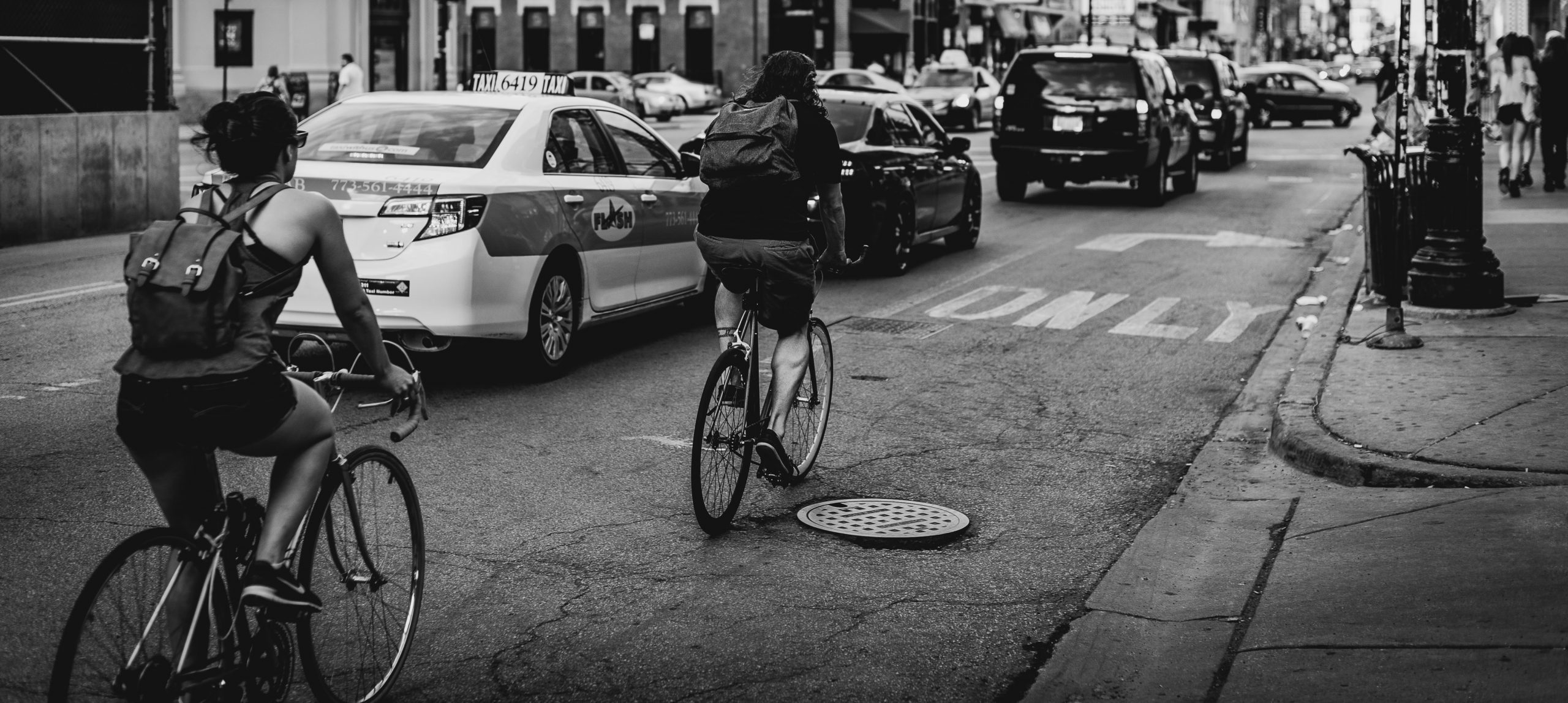Why People Need To Build Cycling Infrastructure In A City
Cycling is a low-impact and healthy exercise that people of all ages can enjoy. It’s a lot of fun, inexpensive, and environmentally friendly.
In a rapidly urban and health-conscious city, many people are switching to bicycles as their preferred mode of transportation. Cycling is consistently referred to as a lower risk of heart disease and cancer, and bike infrastructure promotes cities to make it more equitable, as many minority and low-income communities rely on bikes as their primary method of transportation.
Despite the numerous advantages of biking, many cities have not invested and spent as much tax money on cycling infrastructure that poses an immediate safety risk to those who ride bikes. The lack of suitable and safe routes also hinders more people from adopting the practice. So let’s know why city people need to spend tax monies to build better cycling infrastructure.
Save the City Money
Sidewalks and bicycle pathways are less expensive than constructing new roadway infrastructure. While they are still a significant investment, their narrower widths result in a lower budget per linear foot.
Such initiatives can improve the safety and comfort of people walking, bicycling, and driving, in addition to reducing project costs. Markings can be particularly placed on existing streets for a relatively low cost to encourage drivers to go at slower speeds by reducing their lanes. This effort can also make bikers more conscious. The addition of the buffer between modes also improves the comfort of cyclists on the road.
Make a Productive Community
You need to be physically active to stay fit and healthy. Regular exercise can help you avoid significant hypertension, diabetes, obesity, asthma, heart disease, and cancer. Riding bikes is one of the most effective ways to reduce the risk of health problems along with a sedentary lifestyle.
Study shows that people who go to work by bike have a 40% lower chance of dying than those who don’t, and bike commuters have an average of one day less sick day per year than non-bike commuters. People become more productive since they exercise regularly and have more energy to work with. They can take on any hard job that will serve as inspiration for inactive and idle.
Grow the Economic Development
Regardless of generation, many people seek places to live and work that serve their hunger for outdoor recreation and bike commuting opportunities. This provides chances for your city’s economic development. In addition, people are looking for ways to be healthy while having fun; thus, trails, outdoor recreation places, and nature-interaction opportunities are in high demand.
Investing in bicycles and trails that connect to recreation and retail spaces, bike lanes, bike repair stations, and walkable communities can assist you in creating a city that attracts people, resulting in new events, businesses, development, and a growing tax base.
Increase the Equity and Social Justice
Not everyone indeed has a driver’s license, and some may not have access to or the ability to drive a car, and many smaller communities do not have adequate public transportation to serve them. People’s livelihoods and well-being depend on having easy access to reliable transportation. It’s especially essential for underrepresented communities like those traveling in low-income neighborhoods, people of color, and the elderly. According to a survey, these people rely more heavily on public transit and non-motorized modes of transportation. As a result, they are disproportionately represented in the number of people killed while bicycling or walking.
As a result, transportation experts and policymakers must work together to create well-designed, securely executed, and convenient facilities for all users. Multimodal transportation options that provide low-cost and accessible options for commuting to work, obtaining an education, grocery shopping, accessing healthcare, and other basic but essential activities may be a tremendous equalizer and life-saving.
Reduce the Roadway Congestion
Improved bicycle infrastructure allows traffic to proceed more quickly. Vehicle traffic congestion and driver commute times have decreased in cities that have invested in pedestrian and bike lanes. Residents now have additional transit alternatives, making them more likely to choose to bike or walk. More bicycles and pedestrians on the road mean fewer vehicles and reduced traffic congestion.
Boost the Community Wellness
Bikers and runners establish a community; they ride through cities, mountains, and parks in formal and informal groups. Many individuals enjoy these activities, and many more are actively engaged in them to improve their well-being. Others participate because they are adamant about reducing their carbon footprint and bettering the environment.
Thousands of communities organize yearly bike races to raise money for charity causes. These kinds of events are great for uniting people around critical issues and building community support.
To sum up, developing bike infrastructure creates a better living for all of us. These inexpensive investments lead to safer, healthier communities and can help address some of the world’s major issues. As bicycling needs fewer resources in terms of manufacture and maintenance, it’s not so hard to build its infrastructure; rather, you need to use your lower investment and tax monies along with increasing public awareness; you can build a better bike Infrastructure. Then, you can succeed in creating a developed city, clean environment, protected roadway, and better life for your future generations.


Great article! I appreciate the clear and insightful perspective you’ve shared. It’s fascinating to see how this topic is developing. For those interested in diving deeper, I found an excellent resource that expands on these ideas: check it out here. Looking forward to hearing others’ thoughts and continuing the discussion!